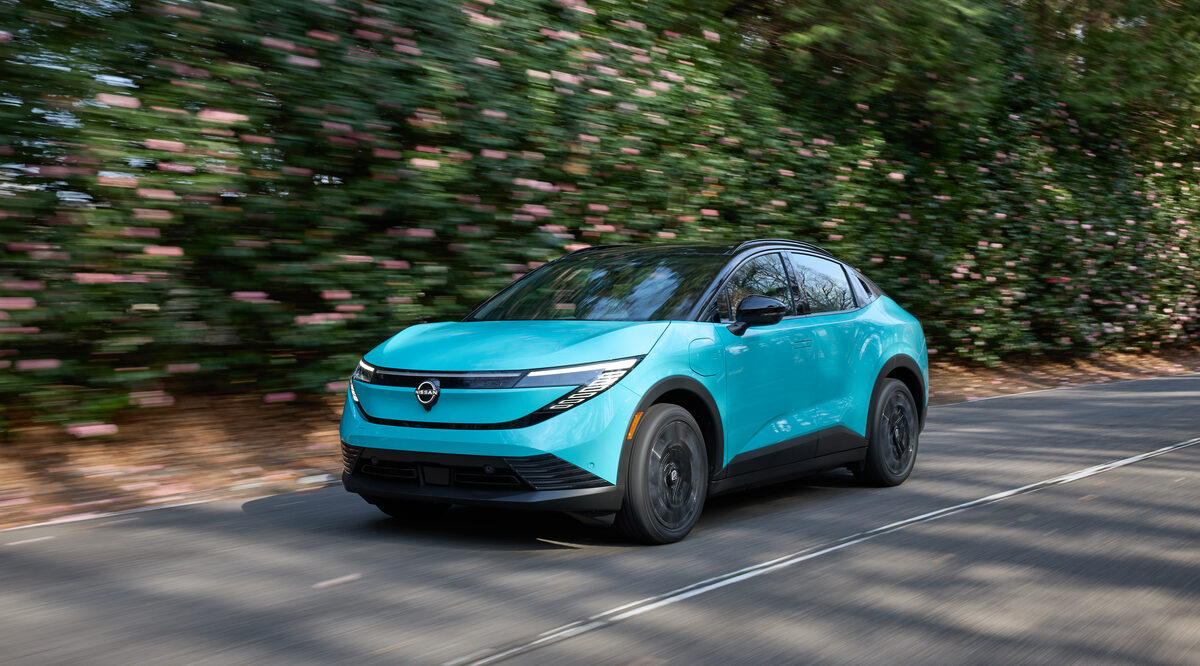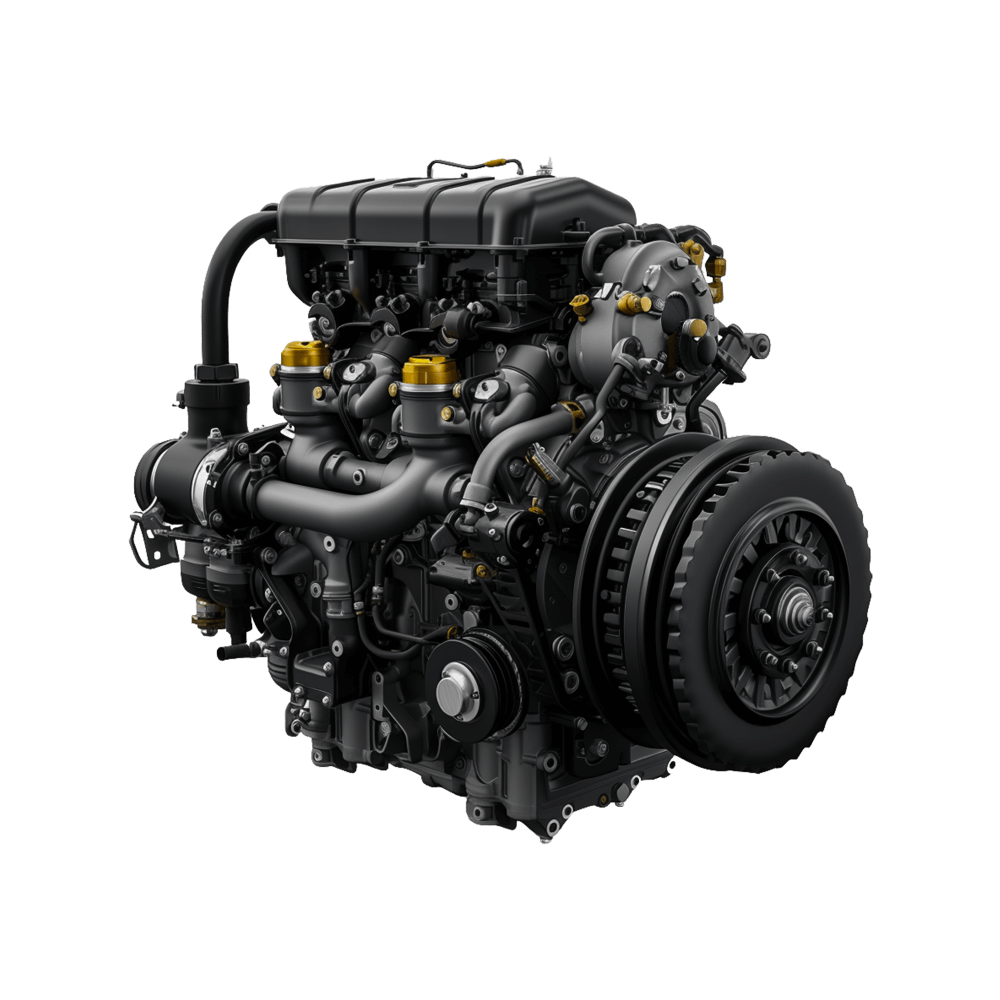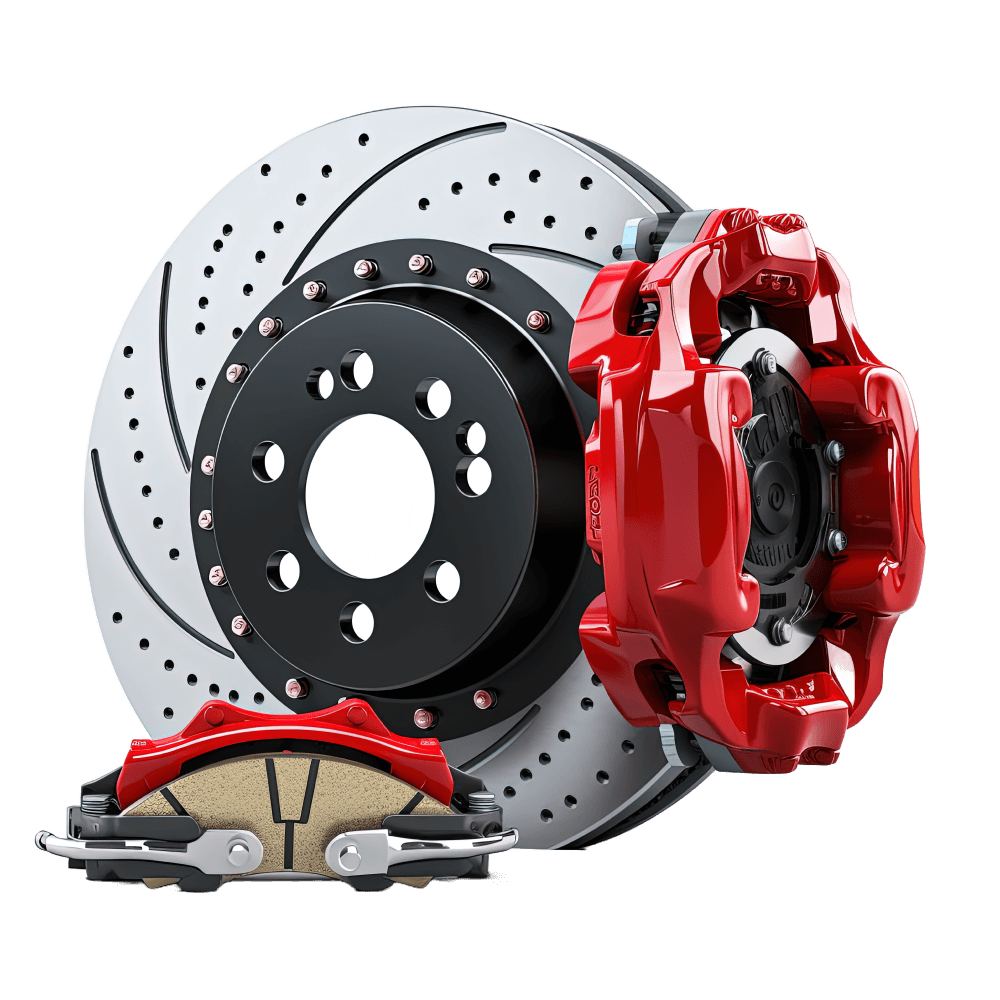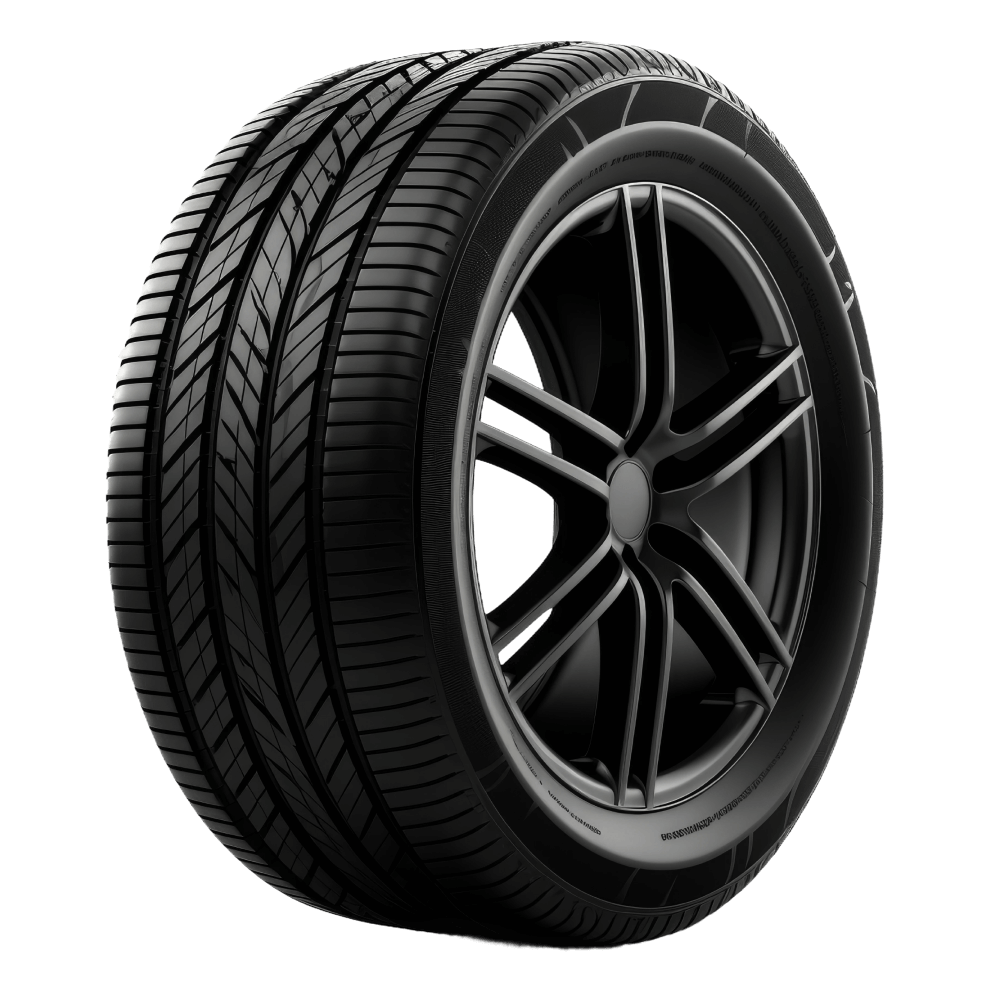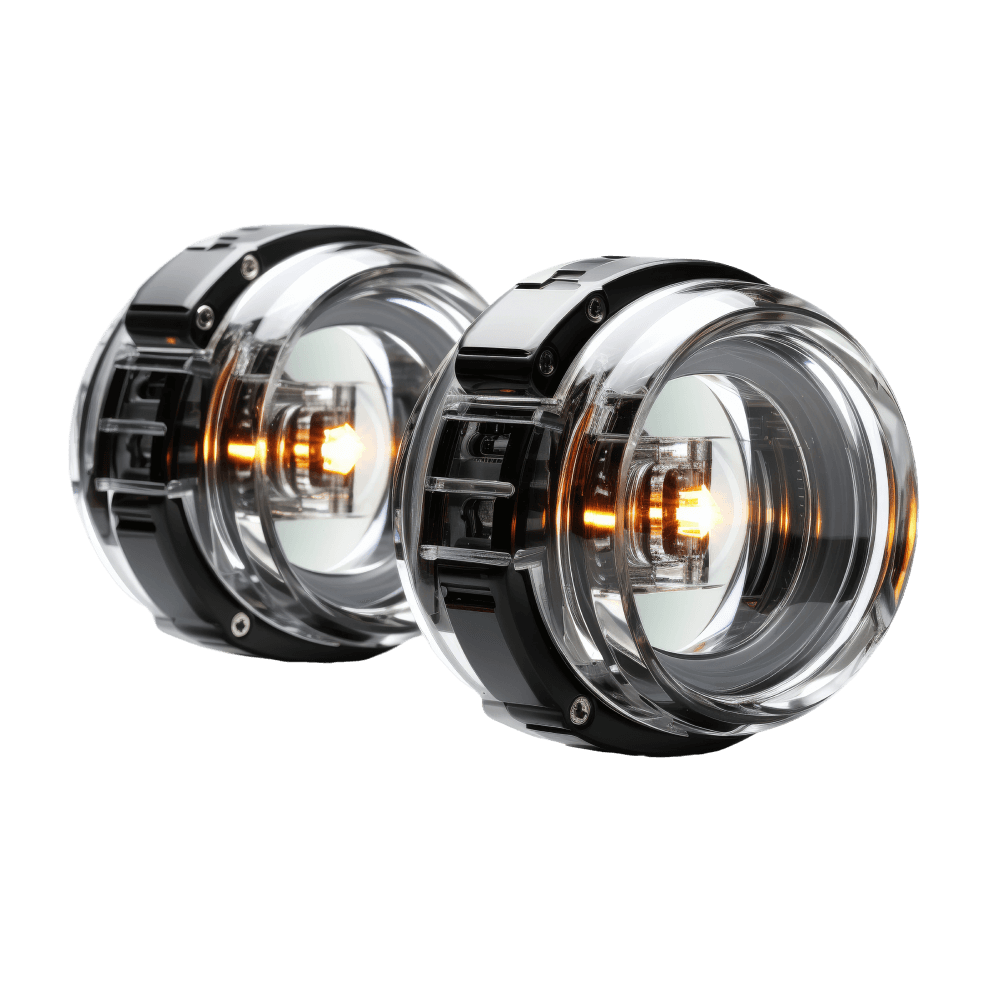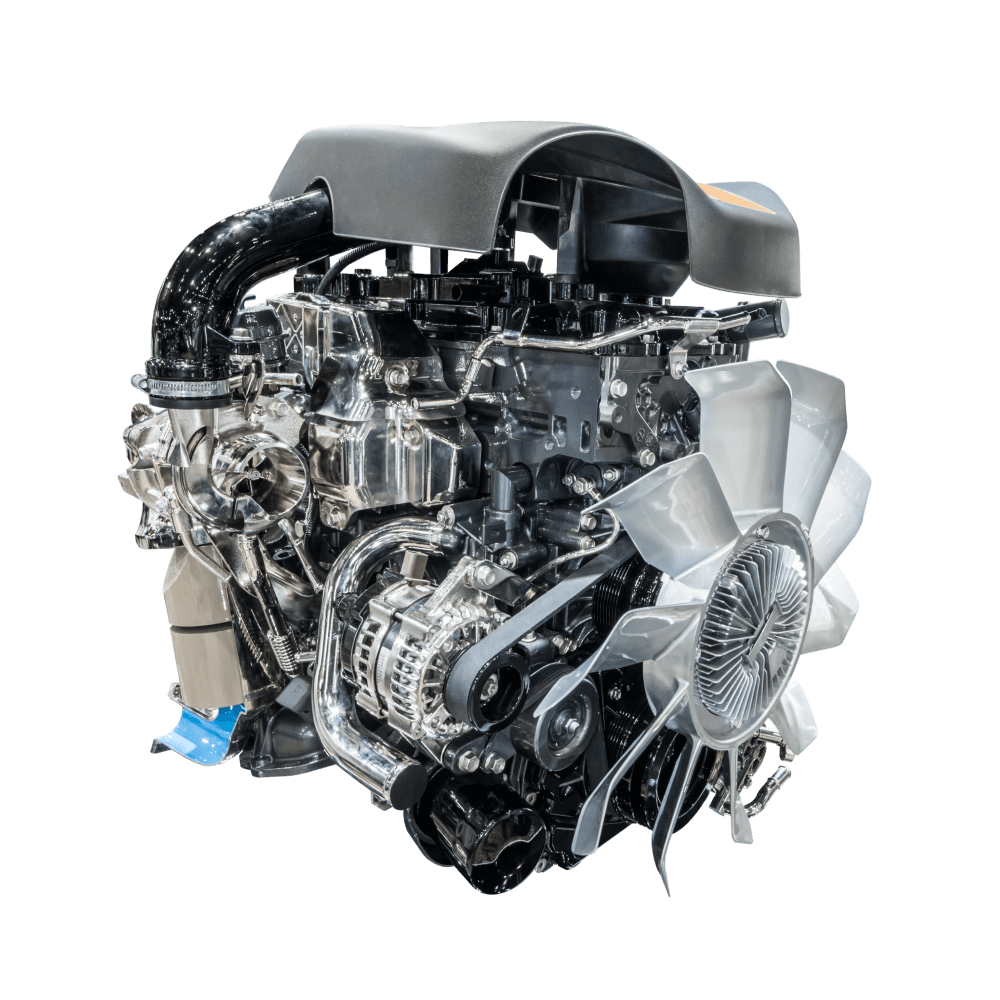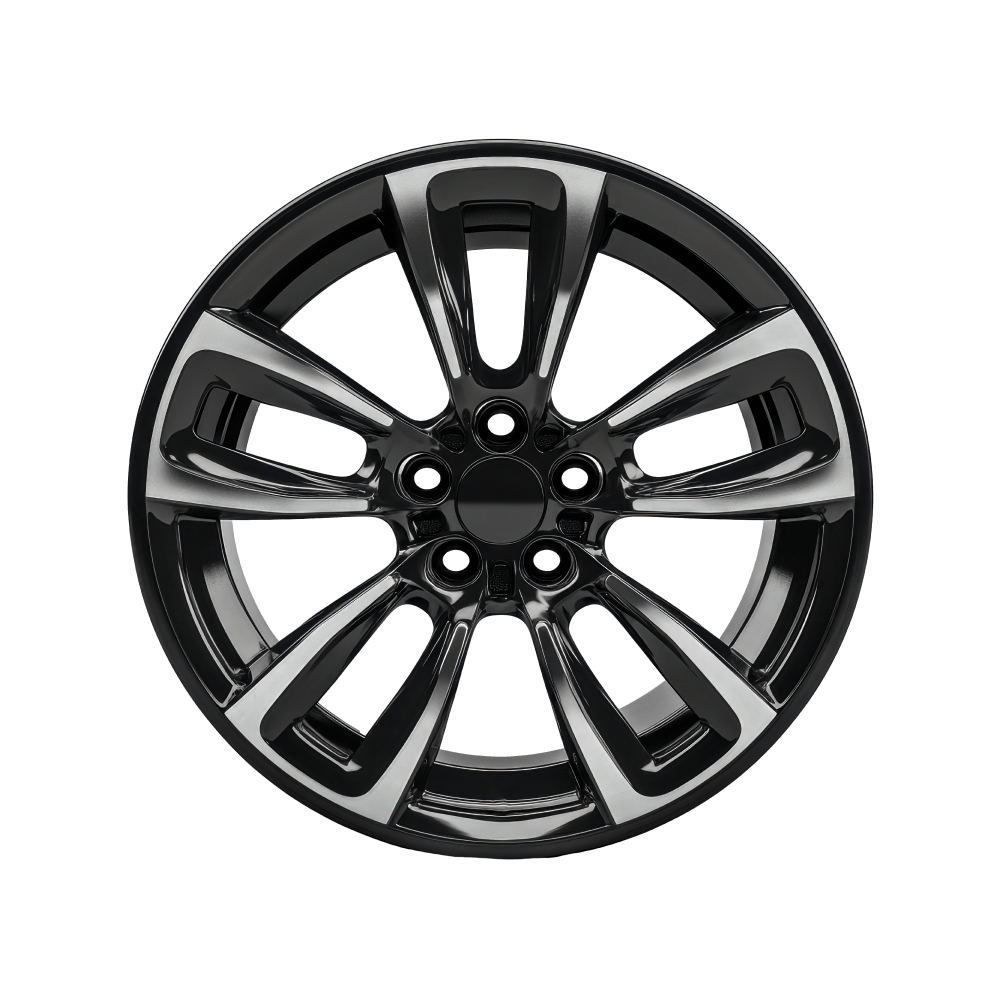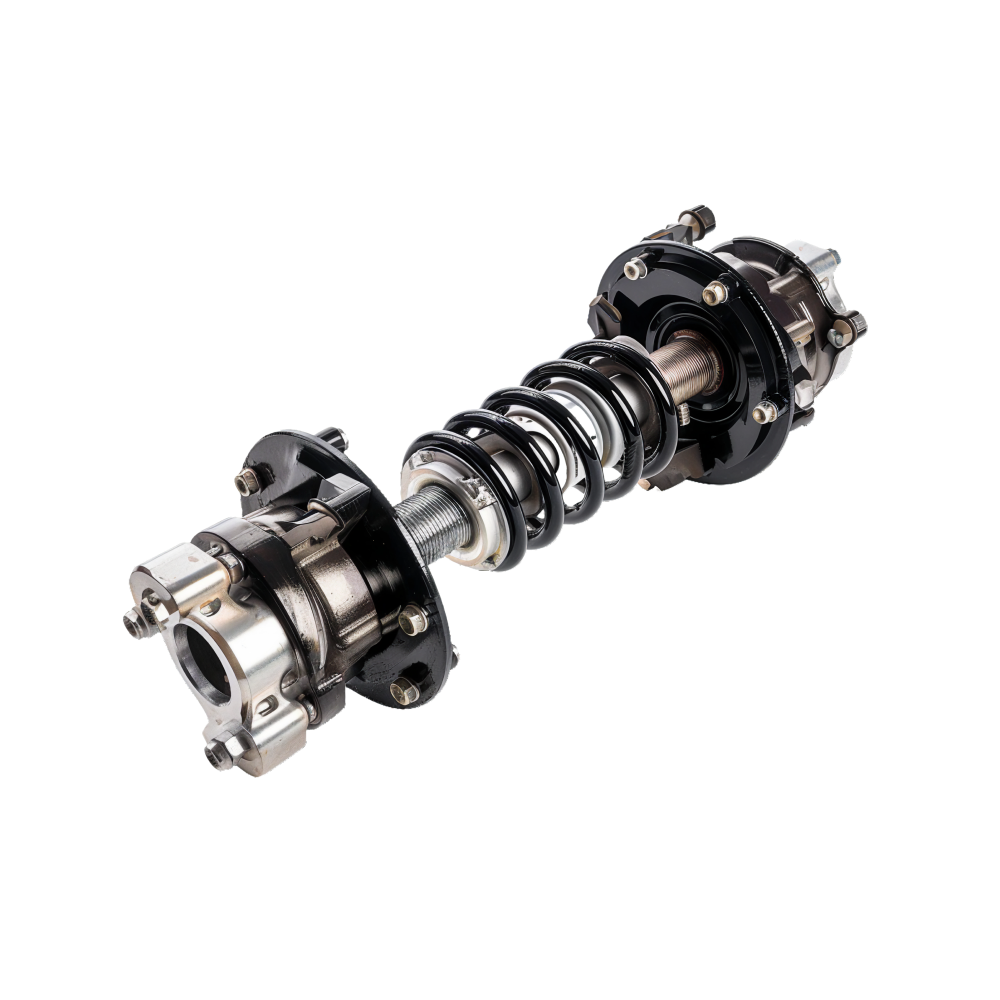Last Updated on: 21st August 2025, 09:17 pm
As I’ve written many times before, I was one of the first electric car buyers in Florida (except for Tesla Roadster buyers). I bought a 2012 Nissan LEAF on December 1st, 2011 (after putting down a $99 deposit about a year earlier). That was the first day Nissan sold LEAFs in Florida. I paid about $40,000, since I bought the model with some of the fancier features, like GPS. The fancier features didn’t end up being very good, but I loved the car. I had instant torque and was fast from zero to 30 miles an hour (not exceptional after that). The handling was precise and it was easy to park. Of course, the 70-mile range and the lack of charging stations in Florida in 2011 were huge issues, but I had three other cars and if I planned to go more than 50 miles or so, I would just take a different car for the day.
I owned the car for 7 years. At the end of that time, there were more chargers, so I would sometimes charge it in the middle of running errands, but I never took the car outside the Tampa Bay area. It would have been drive an hour, charge an hour, drive an hour charge an hour. Way too much hassle for me. And that is if I found a working fast charger. If I had to use a slow charger, I would be stuck for many hours charging. Since then, I’ve owned a 2018 Tesla Model 3 Long Range RWD and a 2020 Tesla Model Y Long Range AWD (which I still own). I treat those the same as a gas car. I just drive where I want and take a few minutes to relax at the Supercharger. The lack of maintenance and repairs has been one of my favorite features of electric cars. This article from 6 years ago documents the ~$36,000 in maintenance and repair costs of my gas cars over 15 years. Compared to the ~$2,000 I’ve spent in the last 5 years (I do drive a lot less now, so not a fair comparison), it is a huge reduction and most of the $2,000 is a set of tires.
The reason I wrote this article is to highlight the progress the industry has made in the last 15 years, not to promote this car in particular. I do think Nissan did a great job of addressing the many faults of the previous LEAF, and Kyle Field will be publishing an article soon on his driving impressions of the new LEAF!
Here are the enhancements comparing the 2026 LEAF to the 2011 LEAF (which was very similar to the 2012 LEAF I owned):
The ones that stand out to me are about 4 times the range, active thermal management (my LEAF needed a new battery after a few years in the Florida heat, as did most owners’), faster charging using the NACS standard instead of reliance on hard-to-find CHAdeMO stations, Vehicle to Load (V2L) capability (although, I think the LEAF has had that for years), up to twice the power, advanced driver assistance, and MUCH better interior and exterior styling.
Note: Prices are base manufacturer’s suggested retail prices (MSRP) excluding destination fees, taxes, and other charges. Adjusted prices are in 2025 dollars, using US CPI-U annual averages (estimated for 2025 and 2026 based on forecasts). For 2026, models are not fully released yet, so values are projected. EPA combined MPG for the cheapest car is for the base model. Nissan LEAF range is for the base model EPA-estimated range.
What stands out is that the inflation-adjusted price of the cheapest car you can buy in the US has gone up 36% and isn’t a lot better (except maybe a little safer). As we have discussed, the LEAF not only is vastly improved, it’s 38% cheaper on an inflation-adjusted basis!
Disclosure: I am a shareholder in Tesla [TSLA], BYD [BYDDY] and XPeng [XPEV]. But I offer no investment advice of any sort here.
CleanTechnica’s Comment Policy
I have been a software engineer for over 30 years, first developing EDI software, then developing data warehouse systems. Along the way, I’ve also had the chance to help start a software consulting firm and do portfolio management. In 2010, I took an interest in electric cars because gas was getting expensive. In 2015, I started reading CleanTechnica and took an interest in solar, mainly because it was a threat to my oil and gas investments. Follow me on Twitter @atj721 Tesla investor. Tesla referral code: https://ts.la/paul92237
Paul Fosse has 274 posts and counting. See all posts by Paul Fosse

